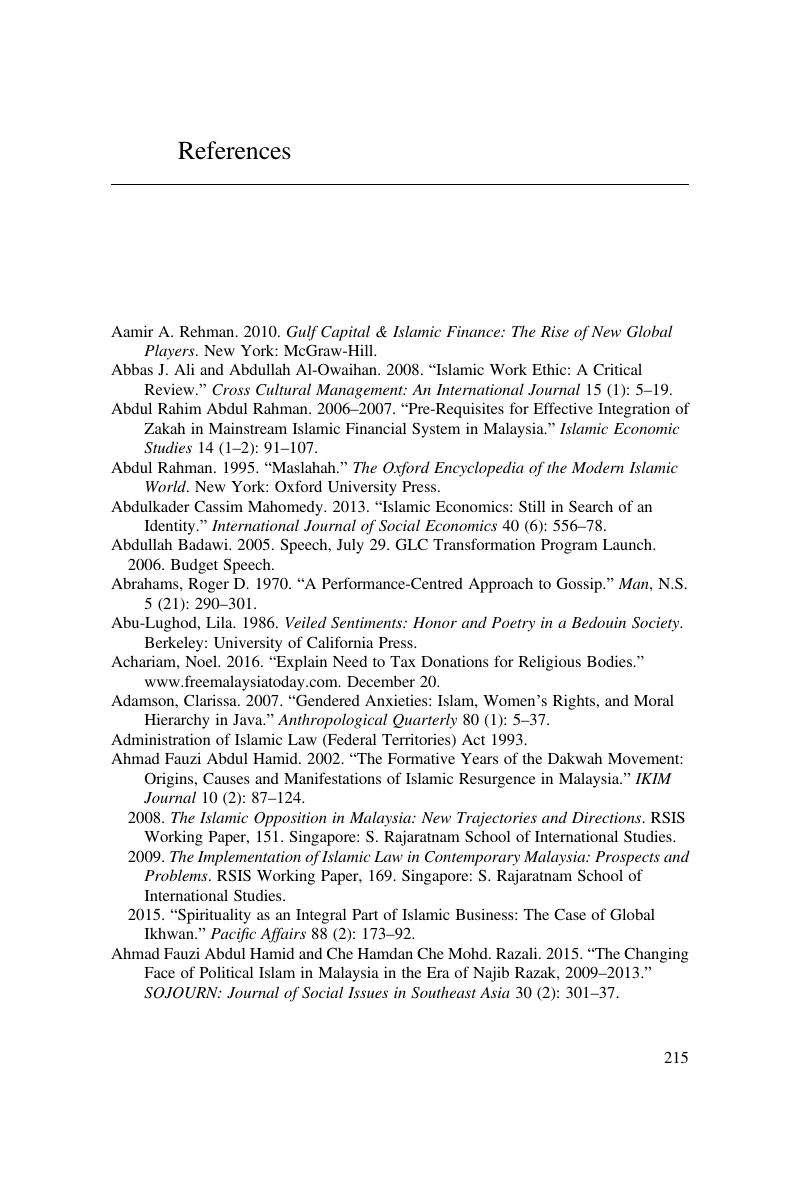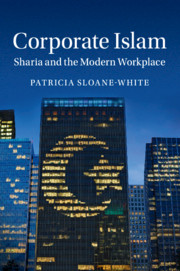Book contents
- Corporate Islam
- Corporate Islam
- Copyright page
- Dedication
- Contents
- Figures
- Acknowledgments
- Acronyms and Abbreviations
- 1 Corporate Islam: An Introduction
- 2 The Scholar-Elites of Sharia
- 3 The Corporate Elites of Sharia
- 4 Sharia Divisions of Labor
- 5 How Divisions of Labor Are Gendered
- 6 Zakat and Its Transformations
- 7 Islamic Corporate Social Responsibility and the “Public Good”
- 8 Corporate Lives, Sharia, and the “Small Islamic State”
- Notes
- Glossary
- References
- Index
- References
References
Published online by Cambridge University Press: 04 July 2017
- Corporate Islam
- Corporate Islam
- Copyright page
- Dedication
- Contents
- Figures
- Acknowledgments
- Acronyms and Abbreviations
- 1 Corporate Islam: An Introduction
- 2 The Scholar-Elites of Sharia
- 3 The Corporate Elites of Sharia
- 4 Sharia Divisions of Labor
- 5 How Divisions of Labor Are Gendered
- 6 Zakat and Its Transformations
- 7 Islamic Corporate Social Responsibility and the “Public Good”
- 8 Corporate Lives, Sharia, and the “Small Islamic State”
- Notes
- Glossary
- References
- Index
- References
Summary

- Type
- Chapter
- Information
- Corporate IslamSharia and the Modern Workplace, pp. 215 - 232Publisher: Cambridge University PressPrint publication year: 2017

